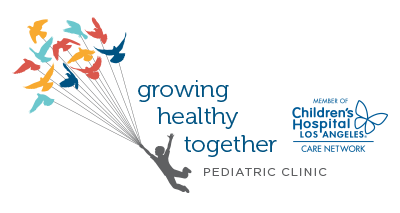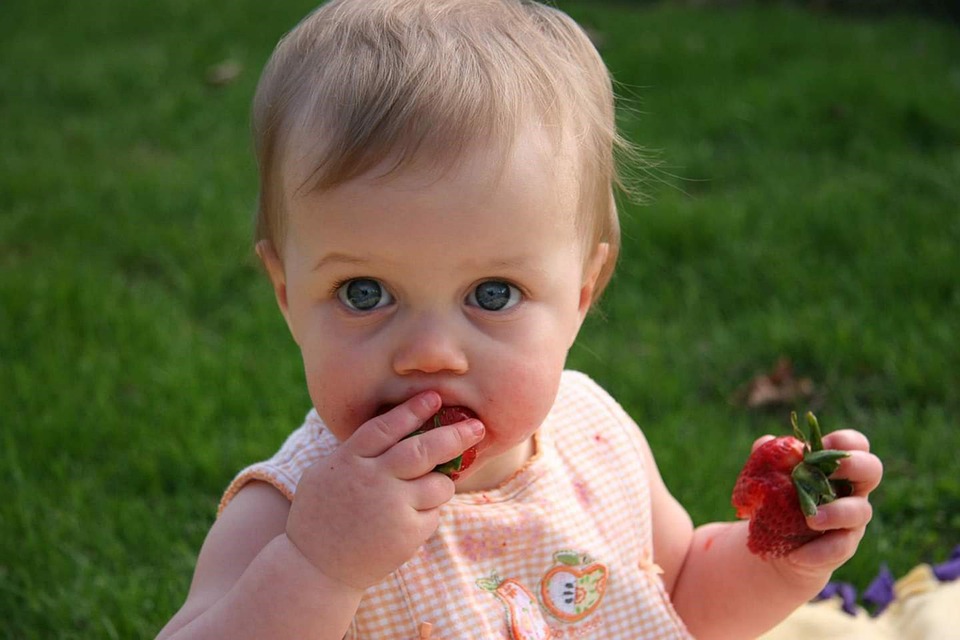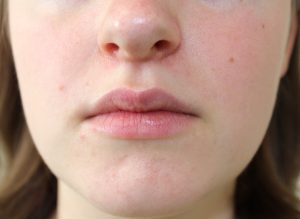Baby-led weaning (BLW) is a method of food progression from breast milk, alternative milk, or formula to solid food. Many parents choose to give their baby mushy cereals and pureed foods to transfer them from milk to solid food. The idea is that with time and practice, this gradual change will get babies used to eating solid foods. They will eventually figure out how to go from sucking to chewing, mashing, and using their tongue differently.
However, part of the problem is that it’s kind of a tough journey for them. Pureed foods are liquid enough that babies try to suck the way they suck milk. This can cause coughing and sputtering, creating a generally negative food experience. Additionally, many store-bought baby foods are fairly processed. Starting your baby on processed foods can start their health off on the wrong foot.
In this article, by Gill Rapley and Tracey Murkett, baby-led weaning is discussed in a very user-friendly five-page guide. With childhood obesity on the rise, it’s important to avoid picking soft, processed foods. With baby-led feeding, your baby can try solid foods, allowing them to explore in a healthy, self-progressing manner.
Six Months +
Developmentally, your baby will do many things at their own pace like crawling, walking, speaking, etc. Your baby will also eat at his or her own pace with no hurry, no spoon-feeding, and no jars of baby food. Around six months of age, babies immune and gastrointestinal systems are developed enough to cope with food other than breast milk or formula. Their mouths are also mature enough to move stuff around. Start small, with one kind of food and then gradually add foods to their palette. We like starting with smooth, mashable foods like cubed avocados or bananas.
Advantages of Baby-Led Weaning
- It’s less work for parents.
- Meals are fun, relaxed, and full of exploration. This leads to a confident, happy kid who is able to be independent at the dinner table. They learn to share, take turns, and become a social eater.
- Babies develop their jaws and oral motor skills.
- You can offer healthy food choices from the get-go.
- Babies learn hand-eye coordination and dexterity from grabbing those pesky carrots and other weird shapes and textures.
- There is less chance of obesity as babies eat at their own pace according to their own appetite.
What kind of foods should I pick?
You should try to choose things that the entire family will be enjoying. It is important to choose items that are nutritious, free from added salt, added sugar, or chemicals. Avoid processed foods and food additives. Stay away from foods that we know are bad for babies, like honey, raw eggs, certain fish with mercury, and known family allergies.
Babies are all very different. Some of them will eat more than others. Early on in solid-food-introduction, babies won’t eat very much of their solid foods. This is okay because your younger baby is eating solid foods before he or she needs them. It’s all practice for later when their bodies need those nutrients more. Eventually, their appetite will grow and they’ll become more skilled at eating.
Guide to Baby-Led Weaning
- Be sure your baby is old enough to sit upright on their own and can reach and grab.
- Watch for when your baby begins to show interest in foods, then begin the process.
- Tired or hungry babies won’t be interested in the dinner table and they may be discouraged from exploring foods.
- Make sure the baby is at the same elevation of everyone else, can reach everything they need, and their arms and hands are free.
- Use a bib or rag to catch dropped food so the baby can retrieve it (or so you can clean it up more easily afterward).
- Choose foods that are in stick/cube/chunk form and that aren’t too soft or too hard. You want your baby to be able to grasp the food without breaking or crumbling it, but not too hard as to be difficult to chew and swallow.
- Choose foods that are a good, Goldilocks temperature (not too hot, not too cold).
- Allow the baby to choose their own food. They may not even want to eat and may simply want to squish and play with the food. Giving freedom of choice will support a smooth, stress-free transition.
- Offer a small amount of water in a tiny, shot-sized cup to be picked up. They may still prefer the breast or bottle, but will eventually catch on.
- Don’t put food in her mouth or allow anyone else to. They need to be in control.
- Don’t offer anything too small or too hard. There should be nothing with seeds or hard shells, like nuts or pitted fruits.
Your baby will likely gag or retch in the early stages of baby-led weaning. This is a way to protect their airway. It’s perfectly normal and bothers parents more than it bothers the baby. It’s a learning experience, teaching them not to overfill their mouth. Never reach into the baby’s mouth to get food out. This may push the food into their airway and result in a bitten finger.
Good Foods Options (cut into baby-size chunks)
- Cooked carrot, broccoli, potato, squash, apple
- Halved grapes, halved cherry tomatoes
- Raw banana, avocado, peach, melon, cucumber
- Strawberries
- Cooked rice or pasta
- Cubes of bread or toast
- Cut up hard-boiled eggs
- Chunks of cheese
Most importantly, have fun! This is a great and adventurous time for your kid and for you. Embrace it and the foodie within! For questions or comments, respond to this blog or contact us!




